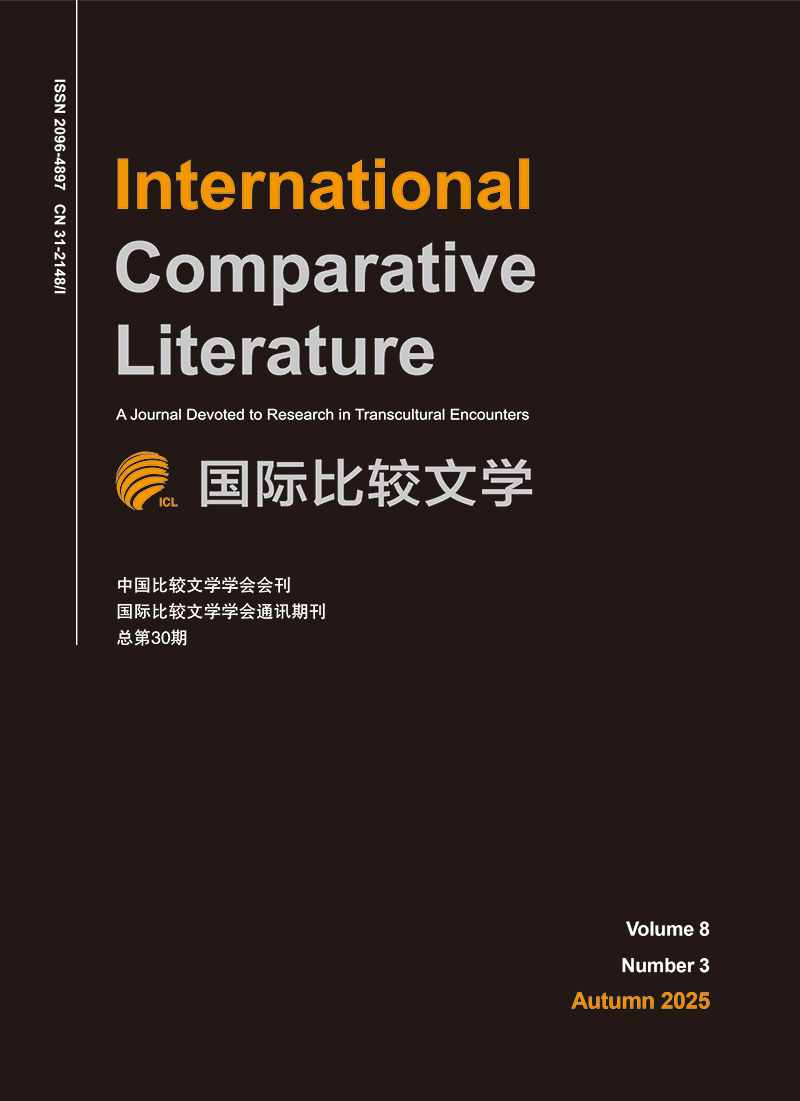2020 Vol. 3, No. 1
Display Method:
Eighteenth-Century Britain and Spain: Do Their Imperial Histories Fit into a Common Grand Narrative?
2020, 3(1): 9-30.
Abstract:
2020, 3(1): 31-51.
Abstract:
2020, 3(1): 52-68.
Abstract:
2020, 3(1): 69-89.
Abstract:
2020, 3(1): 115-135.
Abstract:
2020, 3(1): 136-150.
Abstract:
The Development of Aesthetics and Art from a Globalized Perspective: Interview with Curtis L. Carter
2020, 3(1): 151-157.
Abstract:
2020, 3(1): 161-164.
Abstract:
2020, 3(1): 165-168.
Abstract:
2020, 3(1): 169-172.
Abstract:
2020, 3(1): 173-178.
Abstract:
2020, 3(1): 179-189.
Abstract:
2020, 3(1): 190-192.
Abstract:


